Disease Surveillance and Reporting System - Disease Surveillance AI
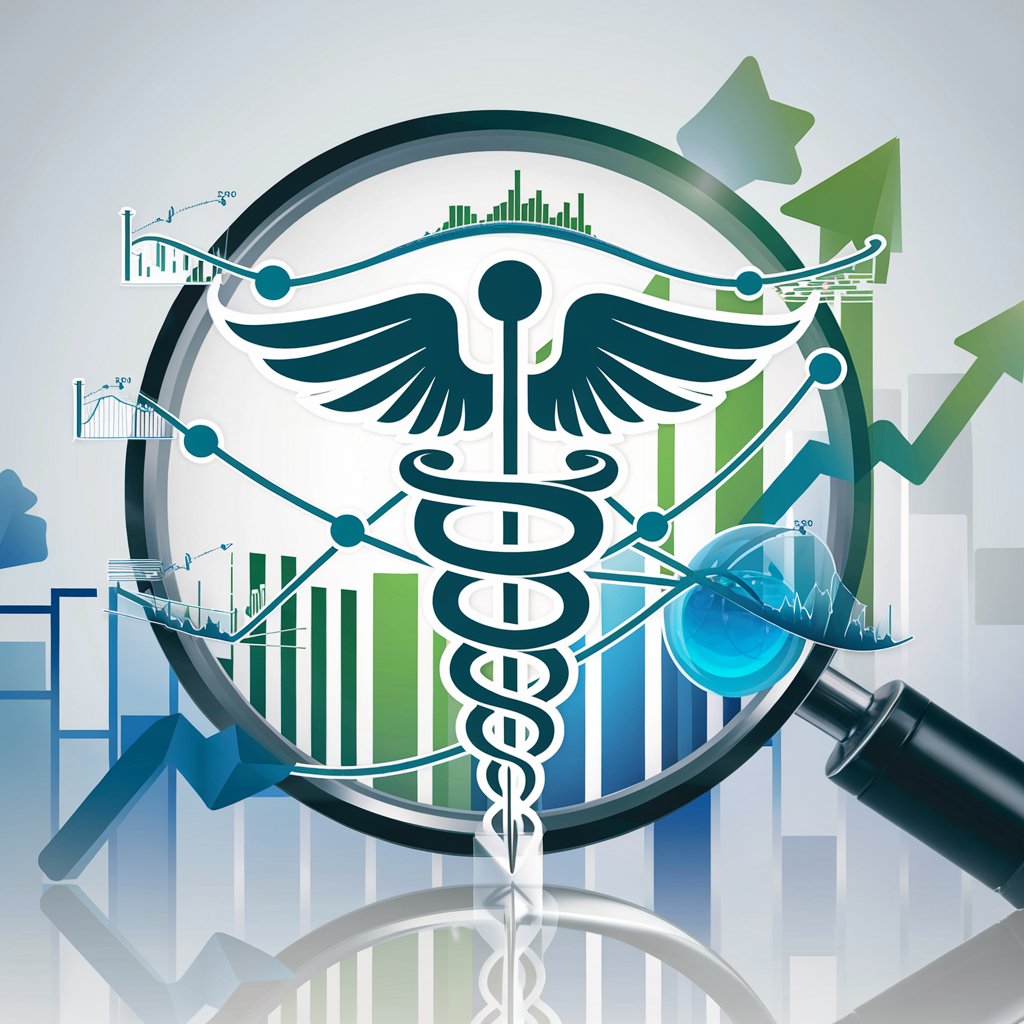
Welcome! Let's analyze the latest health data together.
Empowering Health Decisions with AI
Analyze the latest outbreak data for trends and patterns...
Generate a report on emerging health threats based on current data...
Identify potential health risks from the recent disease surveillance data...
Provide a summary of the current epidemiological trends in the region...
Get Embed Code
Overview of Disease Surveillance and Reporting System
The Disease Surveillance and Reporting System (DSRS) is designed to enhance public health monitoring by aggregating, analyzing, and interpreting health-related data to identify trends, outbreaks, and potential threats. Its primary purpose is to serve as a critical tool in the ongoing battle against infectious diseases and health crises by providing real-time insights and actionable information. An example scenario where DSRS is crucial involves the detection of a sudden increase in cases of an unknown respiratory illness. By rapidly analyzing incoming data from multiple healthcare facilities, DSRS can help identify the emergence of a potential new virus, enabling health authorities to implement timely interventions. Powered by ChatGPT-4o。

Core Functions of Disease Surveillance and Reporting System
Data Aggregation
Example
DSRS collects data from diverse sources including hospitals, clinics, and laboratories.
Scenario
In the case of a flu outbreak, DSRS aggregates data on new cases across different regions to track the spread and intensity of the outbreak, aiding in resource allocation and public health planning.
Trend Analysis
Example
Using statistical tools and machine learning models, DSRS analyzes patterns in the data to predict disease trends.
Scenario
During a dengue fever season, DSRS analyzes weather patterns and reported cases to predict potential hotspots and outbreaks, informing mosquito control efforts and public health advisories.
Real-time Reporting
Example
DSRS provides real-time alerts and updates to health officials and stakeholders.
Scenario
When an unusual uptick in foodborne illnesses is detected, DSRS issues immediate alerts to public health officials, who can then investigate and address potential sources of contamination.
Risk Assessment
Example
DSRS evaluates the potential health impact of identified threats, using epidemiological data.
Scenario
Upon detecting a new strain of antibiotic-resistant bacteria, DSRS assesses the risk and potential spread, advising healthcare facilities on prevention strategies.
Target User Groups for Disease Surveillance and Reporting System
Healthcare Authorities
Government and regional public health officials who require comprehensive data to make informed decisions about public health policies, interventions, and resource allocation.
Epidemiologists
Specialists in disease control who use DSRS for detailed analyses of disease patterns and outbreak management, helping them to understand disease dynamics and to design effective control measures.
Healthcare Facilities
Hospitals and clinics that use DSRS for local data insights and alerts about emerging health issues, enabling them to prepare and respond effectively to protect their patients.
Research Organizations
Academic and private research institutions that utilize the aggregated data from DSRS for studies and advancements in disease prevention, vaccine development, and public health strategies.

How to Use the Disease Surveillance and Reporting System
Start a Free Trial
Visit yeschat.ai to begin using the Disease Surveillance and Reporting System for free, without the need to log in or subscribe to ChatGPT Plus.
Explore the Dashboard
Familiarize yourself with the dashboard interface to understand the various tools and features available for disease surveillance and data analysis.
Input Data
Upload or input relevant epidemiological data, such as disease incidence rates, demographic details, or geographic information, to start your analysis.
Analyze Trends
Use the system's analytical tools to identify trends, patterns, and anomalies in the data, which can inform public health decisions and outbreak responses.
Generate Reports
Create detailed reports summarizing the findings from your data analysis. These reports can be used for internal review, public health updates, or academic purposes.
Try other advanced and practical GPTs
Benevolent Mother's Guide
Your AI-Powered Parenting Partner

2024 THEME TRENDS [CC®]
Harness AI for Future Trends
![2024 THEME TRENDS [CC®]](https://r2.erweima.ai/i/-WdsKFJ9RJesgHIPtA9myw.png)
Parenting GPT
Smart Parenting with AI
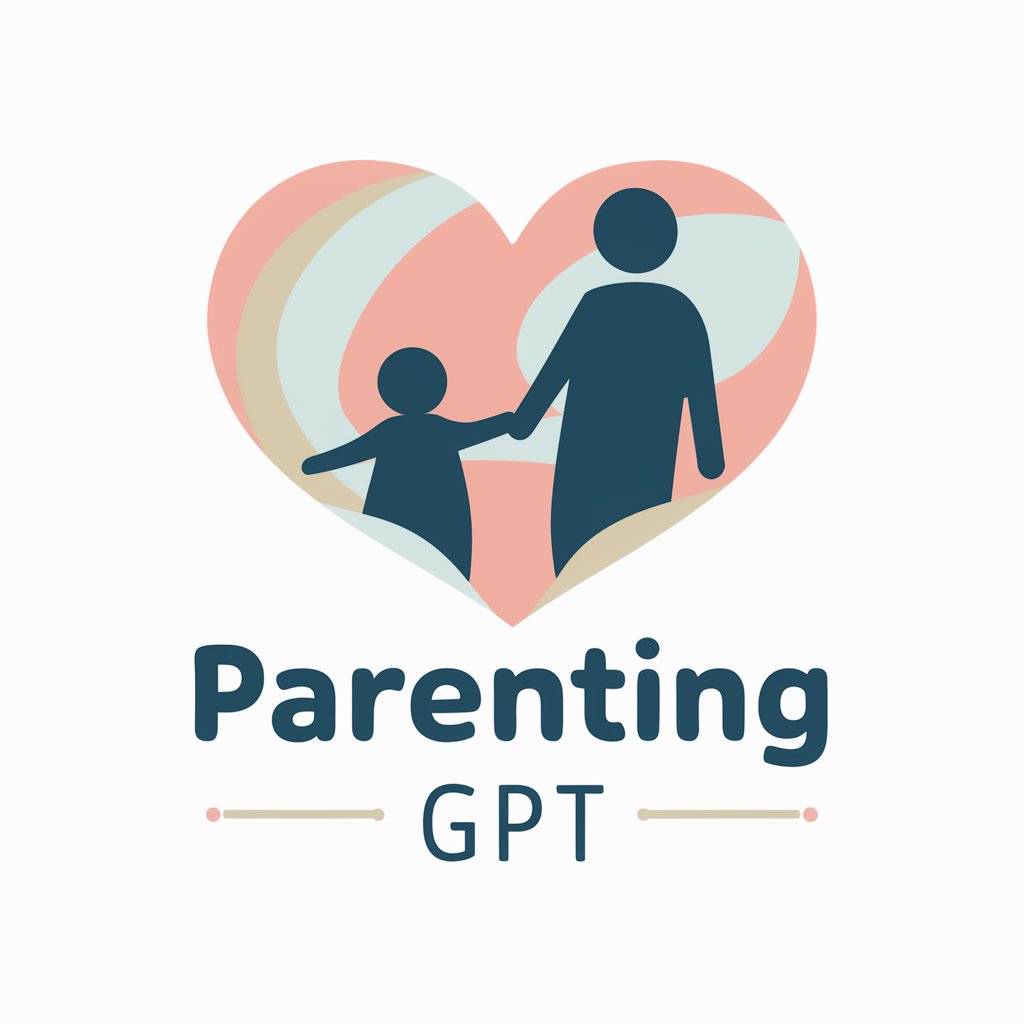
PostCraft - Legal
Craft Your Legal Presence

Self-Discover Prompt Analysis
Enhance curiosity with AI-powered insights
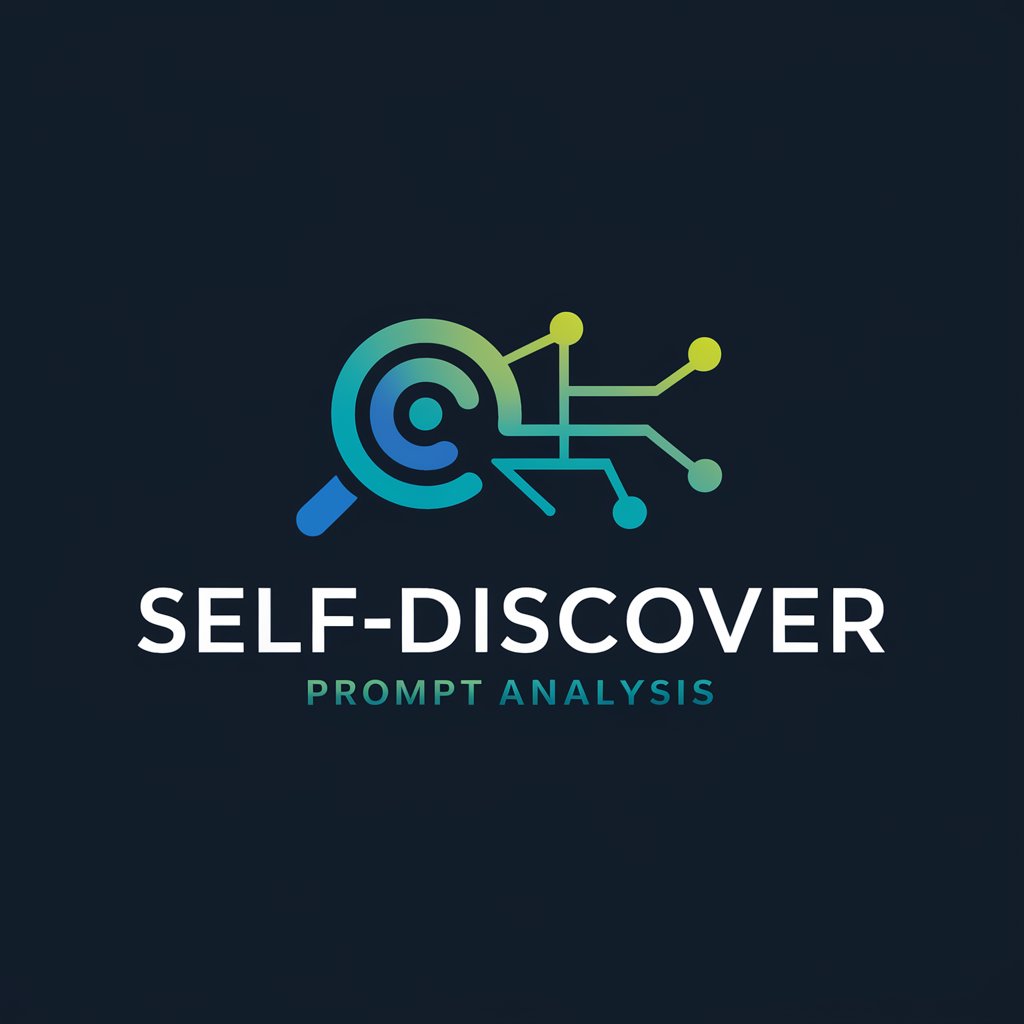
Network Systems Administrator and Security Expert
AI-driven network setup and security guide

Security Design Expert
Designing Security with AI Precision
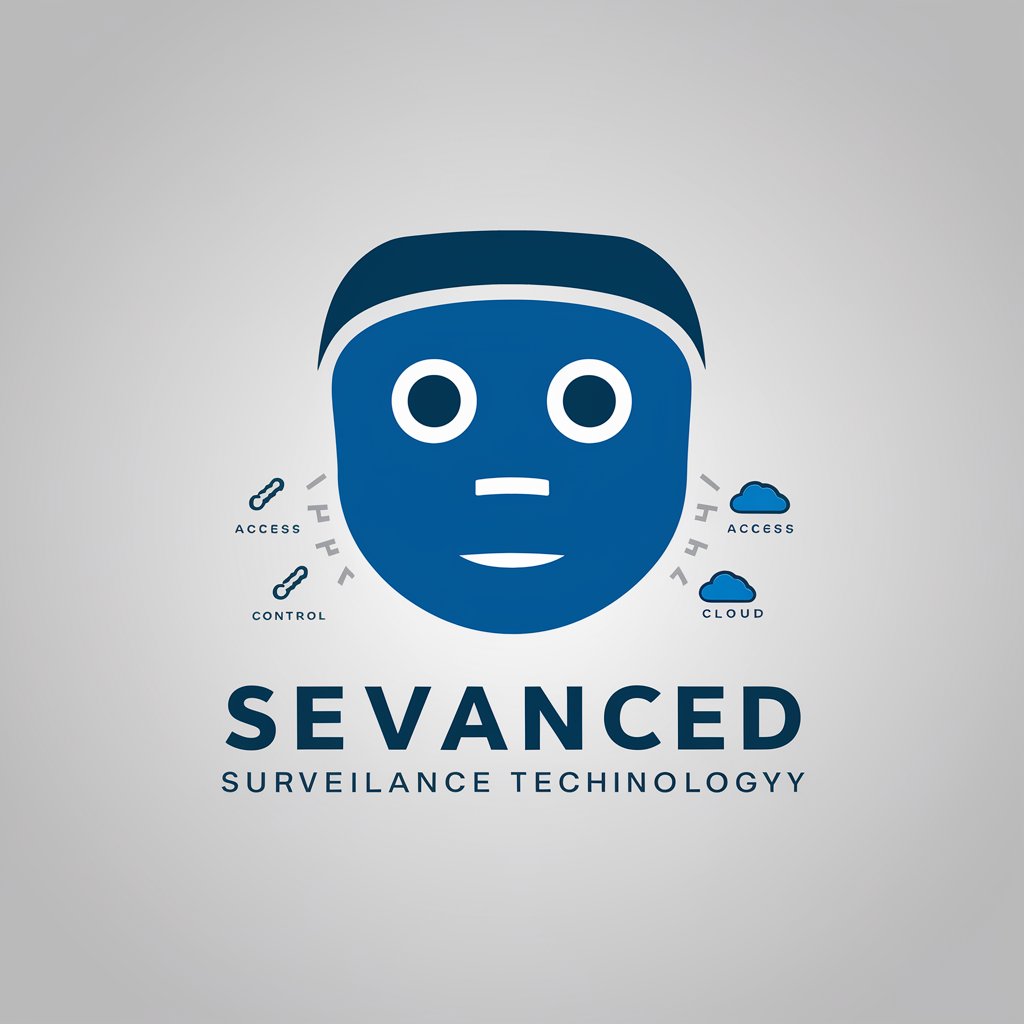
Humanize my AI
Bringing humor to AI writing
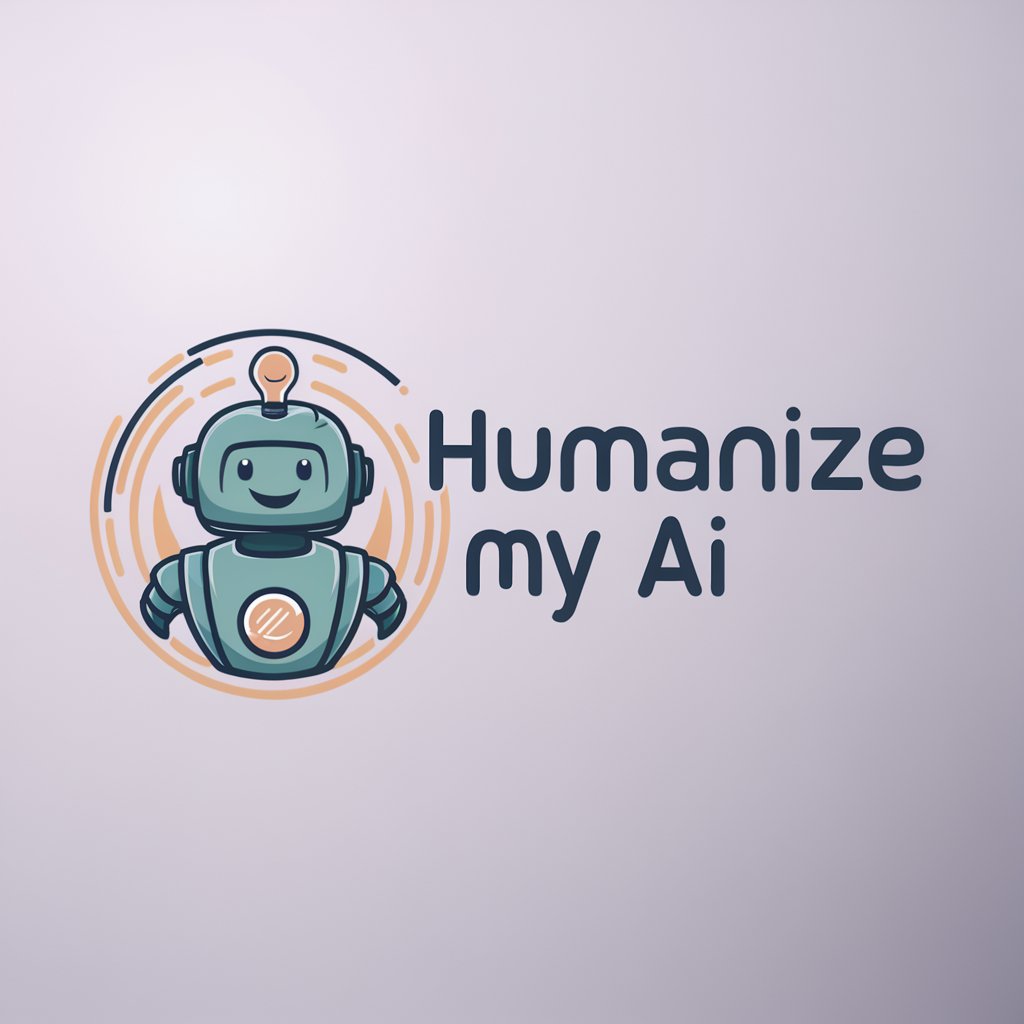
Gambling Surveillance and Investigators Assistant
AI-Driven Surveillance Redefined

CleanGPT
AI-driven tool for clear, accurate responses

Hacra
Empowering Unix/Linux Mastery with AI
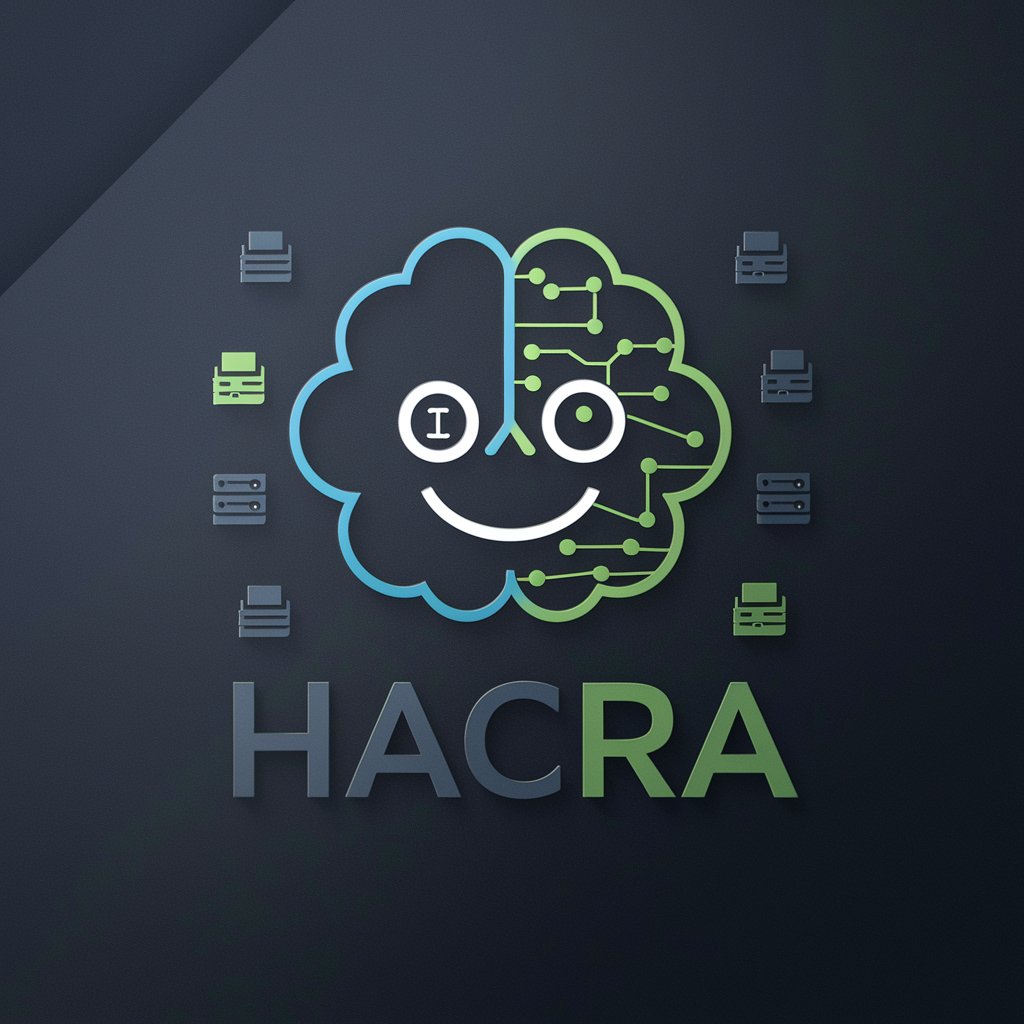
Big Racing Car News
Revving up Racing Analytics with AI

Common Questions about the Disease Surveillance and Reporting System
What types of data can the Disease Surveillance and Reporting System process?
The system can process various types of epidemiological data including disease incidence rates, vaccination coverage, laboratory test results, and demographic and geographic information.
How does this system help in controlling disease outbreaks?
It assists by analyzing data to quickly identify outbreak patterns and trends, enabling timely interventions and informed decision-making for disease control and prevention.
Can this system predict future outbreaks?
While it cannot predict outbreaks with certainty, it can forecast potential risks by analyzing current and historical data to identify conditions favorable for disease spread.
Is this tool suitable for global health monitoring?
Yes, it is designed to handle data from diverse geographic locations and populations, making it suitable for global disease surveillance and health monitoring.
How secure is the data entered into the system?
The system employs advanced security measures to ensure that all data is securely stored and processed, maintaining confidentiality and integrity.
